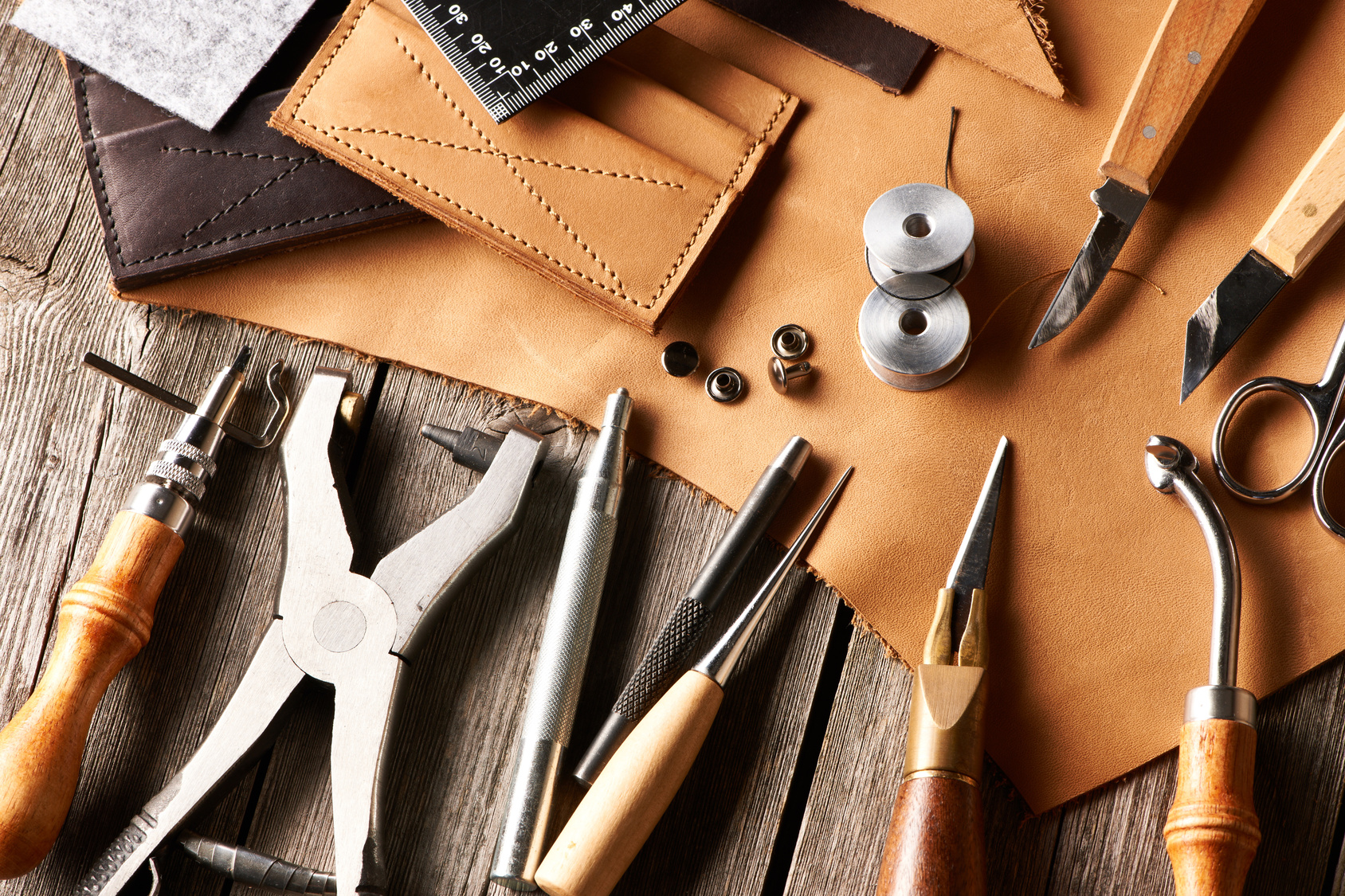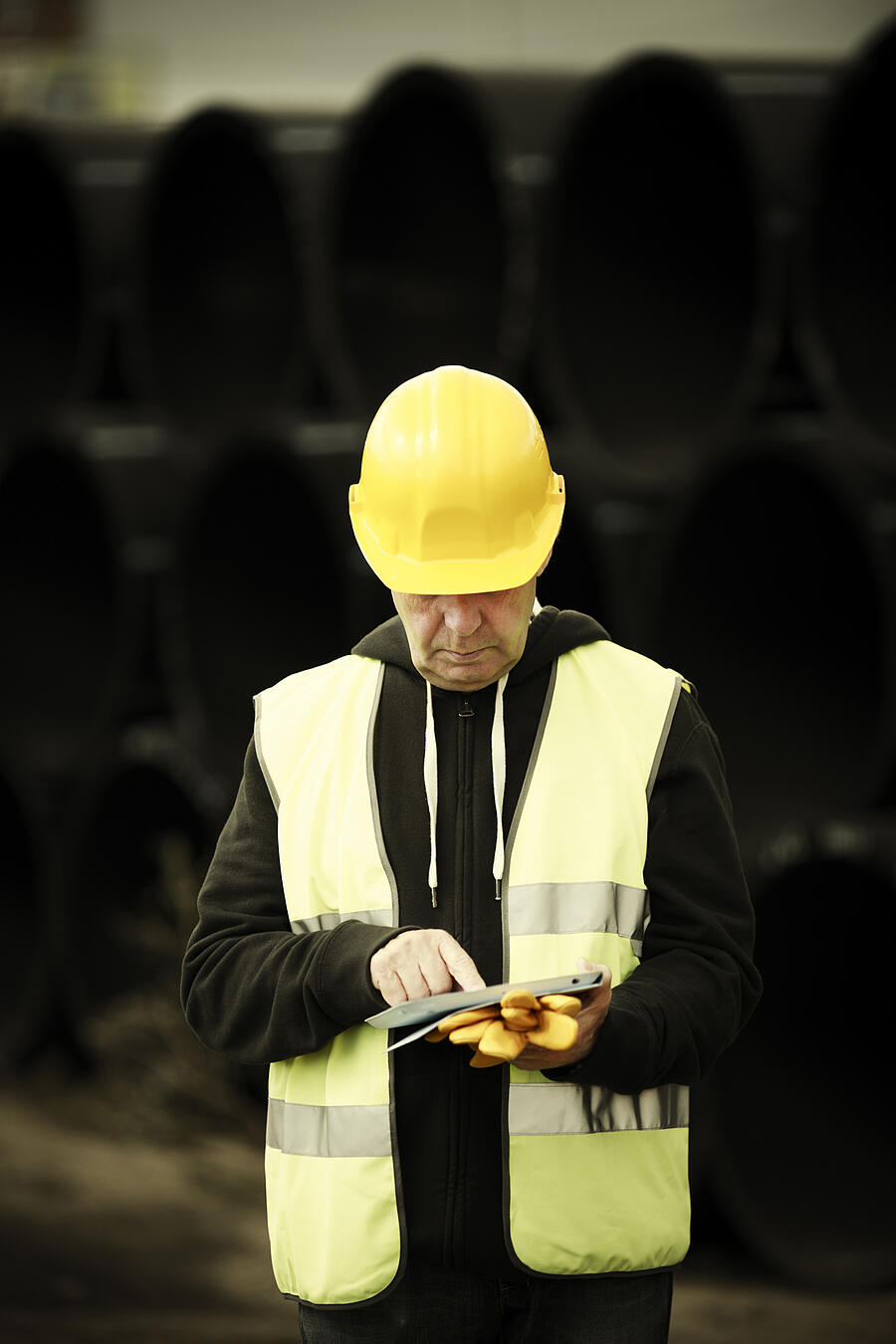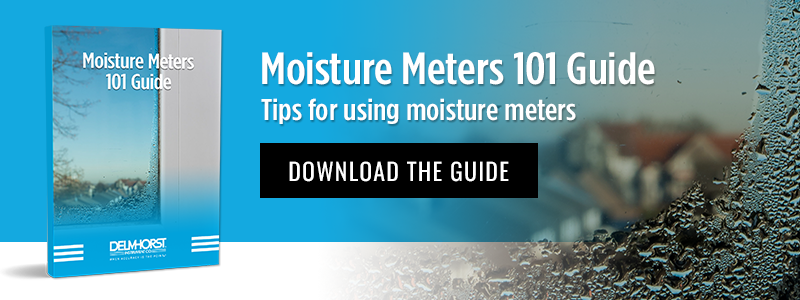Using Moisture Meters to Ensure Top-Quality Leather

Normally, when we talk about moisture meters in this blog, we’re discussing how they’re used for woodworking, farming, water damage restoration, or construction. However, there are other industries which make use of moisture meters in their day-to-day operations.
Today, we’re talking about how tanneries use moisture meters to help ensure that their products are the best possible quality.
Using Moisture Meters for Leather
For tanneries, controlling the moisture content of their leather goods from the start of the initial curing phase all the way to the final application of tanning solution is a fact of life. While there are innumerable different specific processes for tanning leather that can vary based on the type of animal hide being tanned as well as on the specific colorings and finishes that the tannery’s clients may desire, monitoring moisture during certain key phases of the process is a necessity.
For example, during the initial curing phase of the tanning process, the hide has to be stripped of water content to prevent bacteria from consuming the hide. Typically, this involves salting the hide to draw out excess moisture (although there are other methods). To verify that a given hide has been dehydrated enough to prevent bacterial growth, tanners check the moisture content of the hide with a special moisture meter for leather with a moisture detector probe, such as the JL-2000 with the 4E probe.
The multiple heads of the 4E probe allow for a more reliable sampling of moisture in leather than a simple, two-pin probe.
If excess moisture is detected, the tanner can re-cure the hide, potentially saving it from going to waste. If the hide is sufficiently dried, then it can be stored until the tanner can begin next phase of the tanning process.
Ensuring Top Quality
By checking the moisture content of leather at key phases of the tanning process, tanners can prevent damage to their hides, both from bacterial growth before the final application of tannin or other tanning chemicals that render the hide impervious to bacteria, and from over-drying between phases of the process.
If a hide is too dry before entering certain processes, it can be damaged just as surely as it would have been if rot were allowed to set in. With a moisture meter for leather, tanners can know with certainty if their hides will be ready for the next step of the process.
To ensure accuracy in a material that can have such wildly-varying moisture content as a piece of hide might have, it is important to take multiple measurements and average the results. Doing so will minimize the chances that a single errant reading will throw off your moisture readings for a given piece of hide.
Using moisture meters gives tanners a quantifiable measurement of the moisture content of their leather hides to work with, rather than a rough guesstimate based solely on the feel and look of the leather. Processing hides when their at their ideal moisture content allows tanners to maximize the rate at which hides are successfully converted into leather, and to better fine-tune the post-production characteristics of the leather, such as its pliability.
Finding a Great Moisture Meter for Leather
When looking for a moisture meter for leather, consider the feature that the moisture meter possesses. For example, with leather you might want to use a meter that has probes with more than two pins. More points of contact help to ensure a better sample of the moisture content of the hide with each reading, improving accuracy overall.
Also, consider using a meter that stores and averages multiple readings for you. By averaging multiple readings, you can improve the reliability of your moisture measurement results in a hide.
Reading range is another important factor. If the moisture meter can’t measure moisture in the range that your leather needs to be in during your tanning process, then it will be of limited utility to you. This will naturally vary by your tanning process and the types of hides being used, but a good sample range for leather would be 10% to 28%.
With built-in calibration checks, making sure that your moisture meter is providing you reliable results is as easy as the touch of a button.
Learn more about Delmhorst’s JL-2000 leather moisture meter today!
Subscribe to Our Blog
Post Related

3 Unconventional Uses for Moisture Meters


